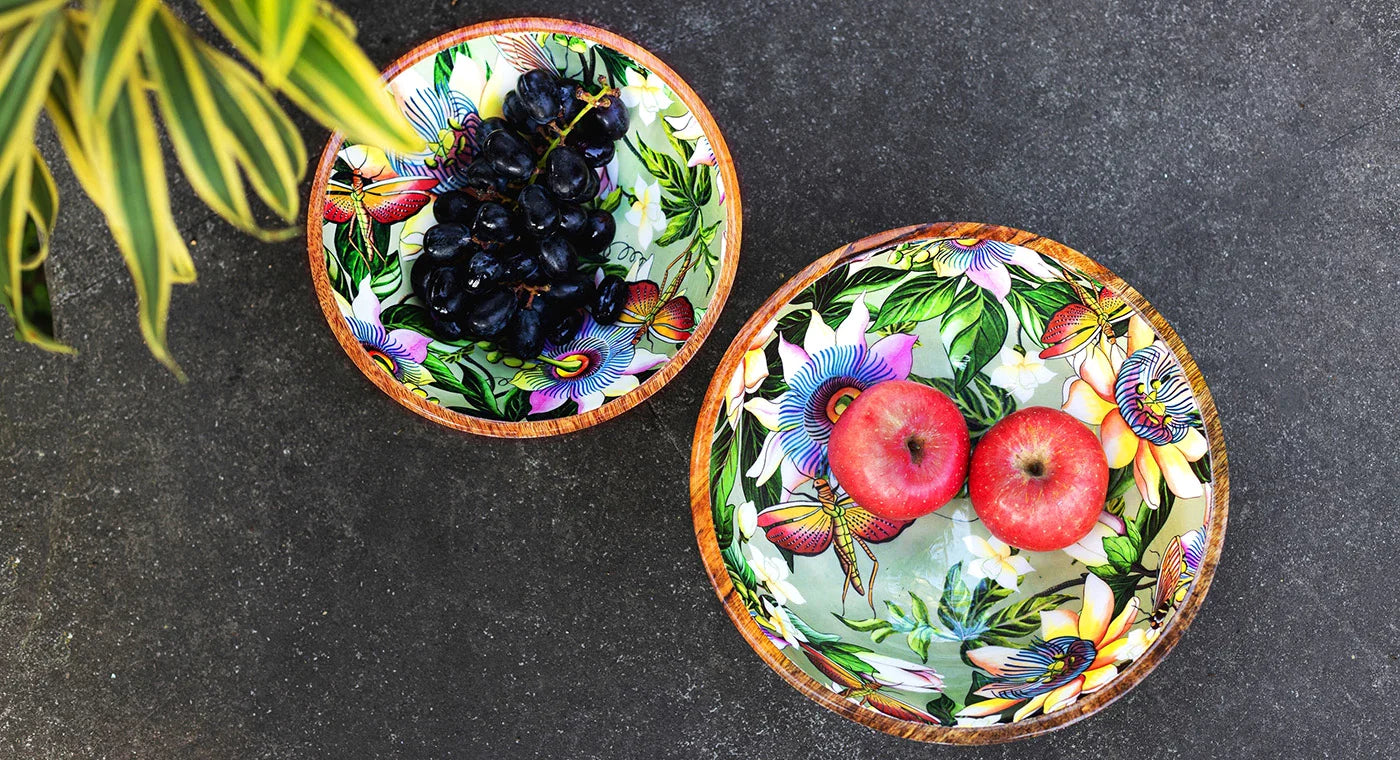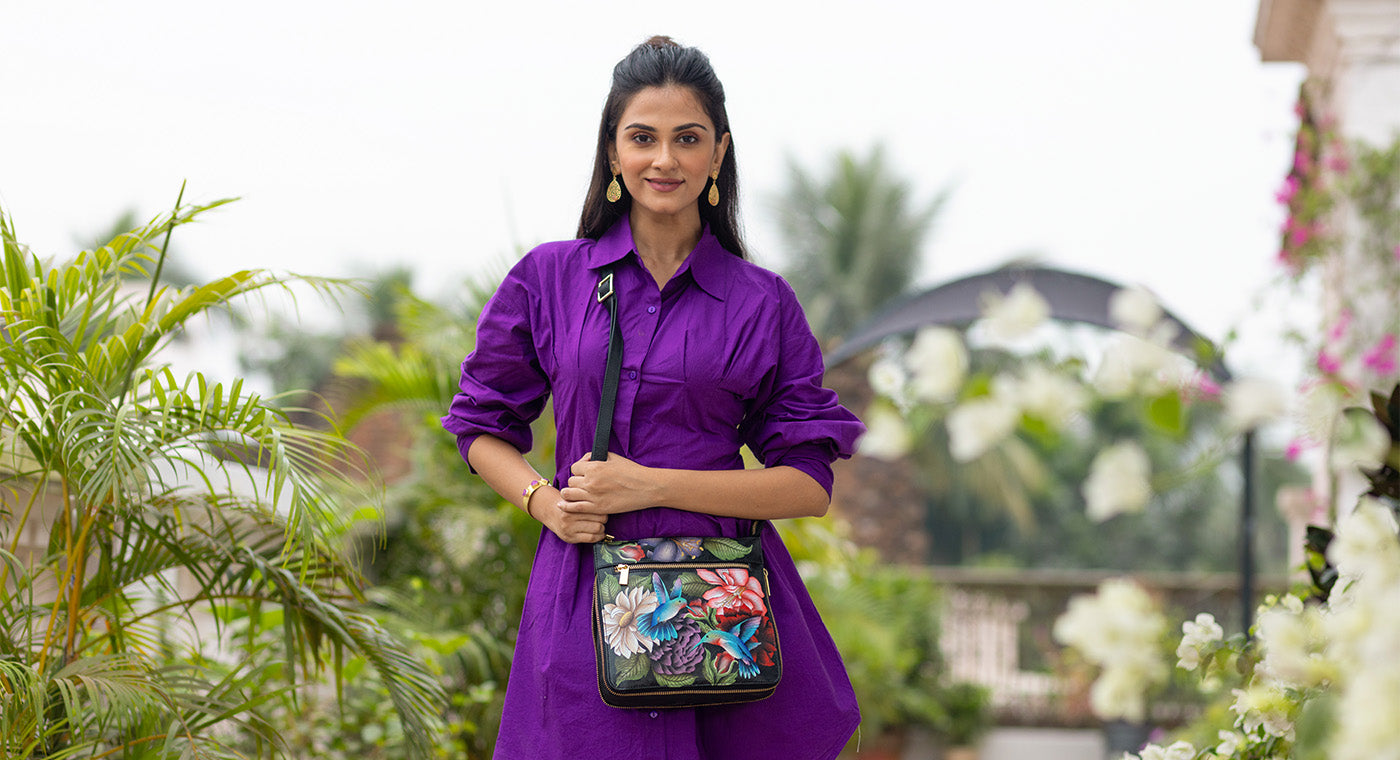How Long Do Leather Bags Last? A Comprehensive Guide to the Durability


Leather bags are a timeless accessory, known for their elegance, functionality, and durability. Whether it's a sleek handbag, a rugged backpack, or a professional briefcase, a well-made leather bag can be a reliable companion for years. But how long do leather bags last?
This comprehensive guide delves into the factors that influence the longevity of leather bags, offering insights into how you can ensure your leather bag stands the test of time.
Types of Leather
Understanding the different types of leather is crucial in determining the durability of a leather bag. Let's explore the most common types:
Full-Grain Leather
Full grain is the highest quality leather due to its exceptional durability, aesthetic appeal, and unique natural characteristics. Made from the top layer of the hide, it retains the original grain and texture, showcasing natural markings that add individuality and charm. Unlike other leathers that may be sanded or treated, full-grain leather highlights these imperfections, enhancing its authenticity and visual appeal.
Renowned for its strength and resistance to wear, full-grain leather is ideal for frequently used items such as bags, shoes, and furniture. Over time, it develops a rich patina, becoming softer and more supple, which reflects the care it has received. This natural aging process is a hallmark of high-quality leather.
Moreover, full-grain leather is relatively easy to maintain, requiring only basic cleaning and conditioning. With proper care, it can last for decades, making it a worthwhile investment for those who appreciate craftsmanship and timeless design.
Top-Grain Leather
Top-grain leather is another premium option in the world of leather goods, recognized for its high quality, though it is slightly less durable than full-grain leather. This type of leather is derived from the second layer of the hide, which allows it to retain some of the natural characteristics while also undergoing a process of sanding and buffing. These treatments effectively remove imperfections and blemishes, resulting in a smoother and more uniform appearance that many consumers find appealing.
The refined look of top-grain leather makes it a popular choice for a variety of products, including handbags, wallets, and others, as it exudes a sense of sophistication and elegance. While it may not develop the same rich patina as full-grain leather over time, top-grain leather is still known for its durability and resistance to wear, making it suitable for everyday use.
Genuine Leather
Genuine leather is another type of leather that is widely available and more affordable compared to full-grain and top-grain leather. This process involves sanding or buffing the leather, which can compromise its durability and strength. Additionally, genuine leather is often dyed to achieve a specific color or pattern, further altering its natural characteristics.
While genuine leather may be more accessible and budget-friendly, it is not as durable as full-grain or top-grain leather. The lower layers of the hide used in genuine leather are less dense and more prone to wear and tear over time. This means that genuine leather products may not last if those made from higher-quality leathers, especially when subjected to frequent use or harsh conditions.
Bonded Leather
Bonded leather is a type of leather product created from leftover scraps and shavings of genuine leather that are bonded together using adhesives. This process involves taking these remnants, which are typically too small or irregular to be used for traditional leather goods and combining them to form a new material.
The bonding process can result in a product that is less resilient and more susceptible to wear and tear over time. As a result, bonded leather is often used in producing cheaper products, such as budget-friendly furniture, notebooks, and accessories.
For consumers seeking a cost-effective option, bonded leather can serve its purpose, but it is essential to understand that it may not withstand the test of time or offer the same level of performance as more durable leather types.
Checkout our blog on evolution of leather bags for more information.
Factors Affecting Durability
The quality of leather used in a bag is a crucial factor in determining its durability and longevity. Full-grain and top-grain leathers are more resistant to wear, and tear compared to genuine and bonded leathers, which are less durable. The manufacturing process also plays a significant role, as handcrafted bags with meticulous stitching and high-quality hardware tend to last longer than mass-produced ones.
Additionally, how you use and care for your leather bag greatly affects its lifespan, with regular maintenance, proper storage, and gentle usage extending its life. To identify a high-quality leather bag, look for tight, even stitching, sturdy hardware, and a reputable brand known for producing durable products.
Proper care, such as regular cleaning with a soft cloth, conditioning with a quality leather conditioner every few months, and storing the bag in a cool, dry place away from direct sunlight, helps preserve the bag's durability and ensures it remains a stylish and functional accessory for years to come.
Also explore our blog on creating exquisite handbags and it's behind the scenes.
Common Issues and How to Fix Them
Even the best leather bags can encounter problems. Here’s how to address some common issues:
Scratches and Scuffs
Minor scratches and scuffs on leather products can often be easily addressed with a soft cloth and a small amount of leather conditioner. Gently buffing the affected area can help restore the leather's appearance and minimize the visibility of these imperfections.
For deeper scratches that cannot be buffed out, it is advisable to use a leather repair kit. These kits typically include specialized compounds and tools designed to fill in and color match deeper scratches, allowing you to restore the leather's surface more effectively.
Water Damage
If your leather bag or item gets wet, it is crucial to act quickly to minimize damage. Start by blotting the excess moisture with a dry, absorbent cloth. Avoid rubbing the leather, as this can cause further damage.
After blotting, allow the leather to air dry naturally at room temperature. It is essential to avoid using heat sources, such as hair dryers or radiators, as these can cause the leather to dry out and crack, leading to irreversible damage.
Fading and Discoloration
Over time, leather can fade or become discolored, particularly when exposed to direct sunlight for extended periods. To help prevent this issue, consider using a leather protectant spray. These sprays create a barrier that helps shield the leather from UV rays and environmental factors that can lead to fading.
Comparing Leather Bags with Other Materials
Leather offers unparalleled durability, aging gracefully with a beautiful patina, but is more expensive. Synthetic materials are cheaper and diverse in style, yet prone to cracking over time. Fabric bags are lightweight and easy to clean but lack leather's sophistication and load-bearing capacity.
The choice depends on budget, aesthetics, and intended use - leather for timeless elegance and longevity, synthetics for affordability and variety, and fabric for lightweight convenience. Each material has its strengths, so consider your priorities when selecting the perfect bag or accessory.
Conclusion
The longevity of a leather bag depends on several factors, including the type of leather, the manufacturing process, and how well it is cared for. By choosing a high-quality leather bag and maintaining it properly, you can enjoy a durable and stylish accessory for many years.
FAQs
-
How long can I expect a leather bag to last?
The lifespan of a leather bag depends on several factors, including the quality of the leather, how well it is cared for, and how often it is used. A high-quality leather bag that is well cared for can last for many years. -
Is it worth investing in a high-quality leather bag?
Yes, investing in a high-quality leather bag can be worth it due to its durability and timeless appeal. A well-made leather bag can last for many years, making it a cost-effective choice in the long run. -
How should I store my leather bag when not in use?
Store your leather bag in a cool, dry place away from direct sunlight. Avoid storing it in a plastic bag or airtight container, as this can cause the leather to dry out and crack. -
Can I repair a damaged leather bag?
Yes, a damaged leather bag can often be repaired by a professional leather repair specialist. They can repair tears, scratches, and other damage to restore your bag to its original condition. -
What should I do if my leather bag gets wet?
If your leather bag gets wet, dry it immediately with a soft cloth and allow it to air dry naturally. Avoid using a hairdryer or placing it near a heat source, as this can damage the leather. -
How often should I condition my leather bag?
Condition your leather bag every few months to keep it supple and prevent cracking. -
Can leather bags get wet?
While leather can handle some moisture, it’s best to avoid getting your leather bag wet. If it does get wet, blot the excess moisture and let it dry naturally. -
How can I remove stains from my leather bag?
Use a damp cloth and mild soap to gently remove stains. For stubborn stains, consider using a leather cleaner specifically designed for the type of leather you have. -
Are all leather bags equally durable?
No, the durability of a leather bag depends on the type of leather and the quality of craftsmanship. Full-grain and top-grain leathers are more durable than genuine and bonded leathers. -
What is the best way to store a leather bag?
Store your leather bag in a cool, dry place away from direct sunlight. Use a dust bag to protect it from dust and scratches.














